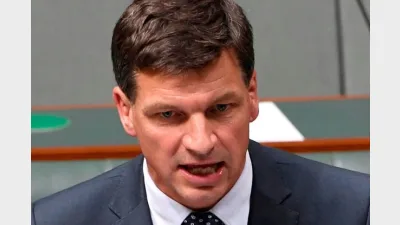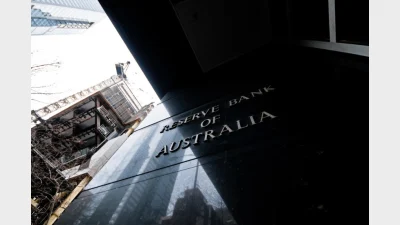Deglobalisation paves way for new infrastructure debt opportunities, says IFM



Deglobalisation is emerging as a major driver of infrastructure debt opportunities as regions onshore vital industries, a superannuation fund-owned manager has said.
Superannuation fund-owned IFM Investors pointed to deglobalisation as a major driver of infrastructure debt opportunities as the US and Europe look to onshore vital industries in response to the current political climate.
In its Infrastructure Horizons 2025 report, IFM Investors said deglobalisation trends driven by geopolitical tensions, economic nationalism, supply chain vulnerabilities, and changing resource needs are reshaping global trade patterns and will influence the next wave of infrastructure investment.
“While we believe the global economy will remain fundamentally interconnected for years to come, we also believe there will be a renewed focus on reshoring of industries and building national economic self-sufficiency,” said IFM’s director, head of product specialists, Jacob Otto.
Otto further said that, in the US in particular, shifting political dynamics have placed greater priority on energy independence and exports, while climate goals have taken a back seat.
With the Donald Trump administration now seemingly focused on leveraging its abundance of energy resources to maintain independence, he said that the outlook in the US is beginning to look brighter after years of relatively flat power demand.
“Electrification of heating and transportation will strain power grids, moving peak demand from summer cooling into winter heating and increasing daily swings tied to electric vehicle charging,” Otto said.
“Increased domestic industrial output through an emphasis on onshoring and digitisation of the economy are now being supercharged through billions of dollars of investment in generative AI technologies – representing an opportunity to invest in data centres and the infrastructure to power them.”
Other investable infrastructure themes out of the US, according to the asset manager, include natural gas as a transition fuel, particularly as it begins to push out older and more inefficient technology and coal-fired power.
And despite potential political headwinds, Otto said solar and wind projects still remain competitive at the US state level.
“Broadly speaking, institutional investors may replace funding from the Inflation Reduction Act for economically viable projects. Offshore wind development is more threatened, as President Trump has issued an executive order to halt new offshore wind leases and permits in federal waters,” he said.
And like other regions like Europe, US grid infrastructure is also due for a significant makeover in some parts of the country.
Protecting drivers of growth
For infrastructure debt investors, whether allocating into the US or elsewhere, Otto underscored the importance of protecting against downside risks.
“Understanding how growth plans can go wrong is important to our decisions to lend to infrastructure projects (such as rail, fibre and data centres) supporting manufacturing growth,” he said.
Citing Swedish battery manufacturer Northvolt’s bankruptcy last year, the director said that even advanced, government-supported, and well-established companies can come up against headwinds.
“When investing in infrastructure to support growing industries, it is important to understand the competitive forces in an industry, and the strength of the contracts and offtake agreements manufacturing companies are able to secure,” he said.
According to IFM, this is why data centre development is such a promising segment – it’s front of mind for countries looking to compete in the AI technology boom.
“Data centres are power-hungry and less sensitive to power prices than other users, which can lead to compelling opportunities to invest in the power plants tied to them. They also tend to benefit from highly rated counterparties with strong lease agreements,” he said.
Improved infrastructure for rural areas is also a protecting driver of growth. Within the context of deglobalisation, reshoring of manufacturing will likely see factories and logistics infrastructure needing greater investment in more rural areas so as to build the necessary facilities.
To flag another beneficiary, IFM said that local and regional transportation infrastructure will require more investment if supply chains are to be rerouted towards allies and trading powers.
“Investment is also needed to electrify transportation to meet emissions reduction targets. We see opportunities to lend to businesses upgrading rail, bus and ferry infrastructure to make it more efficient, sustainable and able to handle increased capacity,” he said.
Ultimately, Otto said that as the economy continues to change at a rapid pace, global trade and mobility will indeed remain important. But as governments look to protect their local economies and bolster competitiveness, a sweep of protectionist policies around the world is likely on the cards.
“Infrastructure will need to evolve to meet these changing economic needs,” Otto said.
Recommended for you
Shadow treasurer Angus Taylor has vowed to slash red tape and introduce a suite of financial services reforms aimed at transforming Australia into a leading financial hub.
Australian superannuation funds are grappling with heightened global instability, as US policy shifts create a volatile backdrop for investment strategies.
The RBA’s new monetary policy board has delivered its first rate decision.
While the RBA has made moves during past election campaign periods, it typically treads carefully to avoid stirring political waters.












